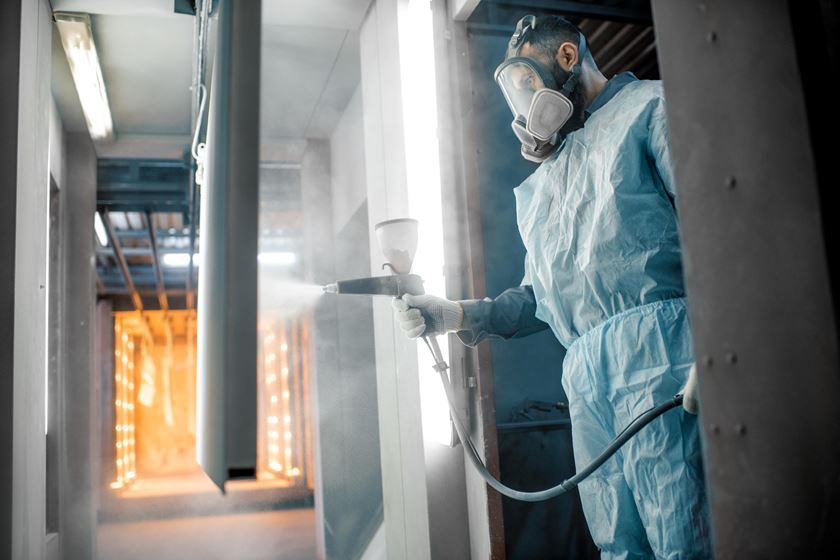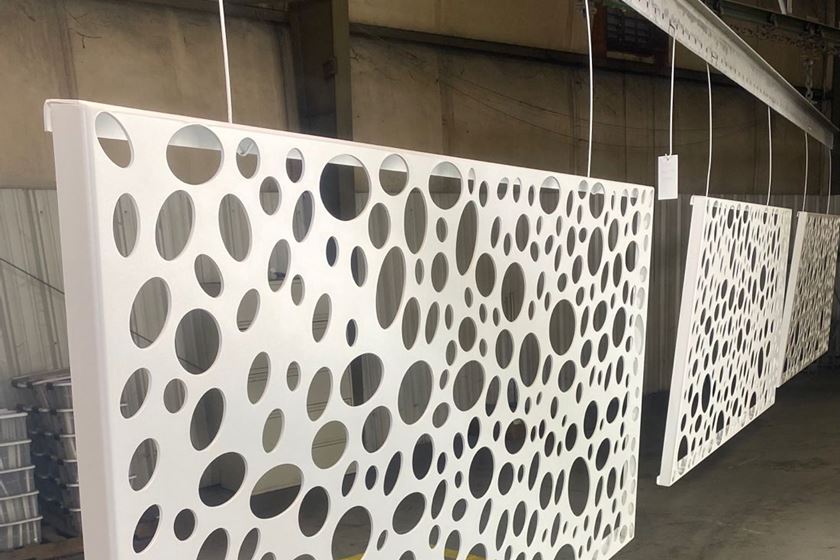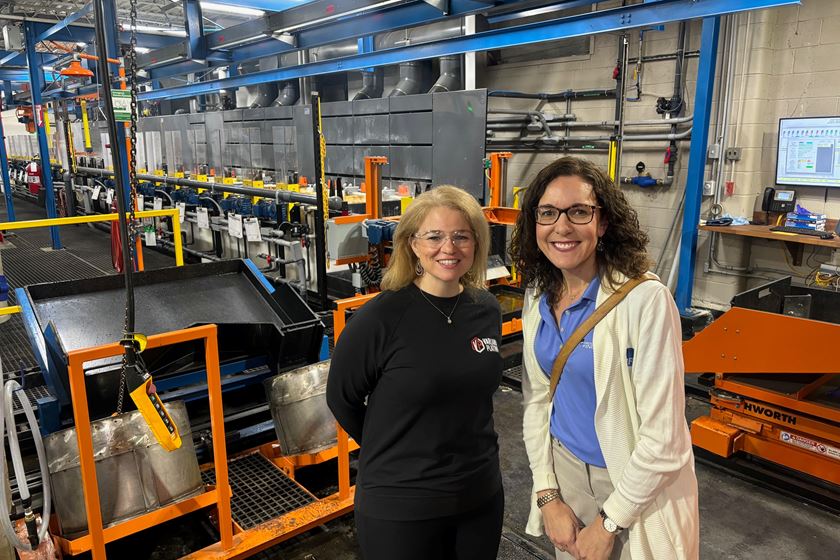Plating On Beryllium/Copper Alloys
We are using the same cleaning process that’s used for other copper alloys that we plate. Invariably with the copper beryllium alloys, we see etching on the parts. How can we solve this problem?
Q. You probably have answered this question many times before, but I need a solution. I have difficulty plating copper on heat-treated beryllium copper alloys. We are using the same cleaning process that’s used for other copper alloys that we plate. Invariably with the copper beryllium alloys, we see etching on the parts. How can we solve this problem? J.W.
RELATED CONTENT
-
An Overview of Electroless Nickel Plating
By definition, electroless plating is metal deposition by a controlled chemical reaction.
-
Nickel Electroplating
Applications, plating solutions, brighteners, good operating practices and troubleshooting.
-
Masking for Surface Finishing
Masking is employed in most any metal finishing operation where only a specifically defined area of the surface of a part must be exposed to a process. Conversely, masking may be employed on a surface where treatment is either not required or must be avoided. This article covers the many aspects of masking for metal finishing, including applications, methods and the various types of masking employed.
















